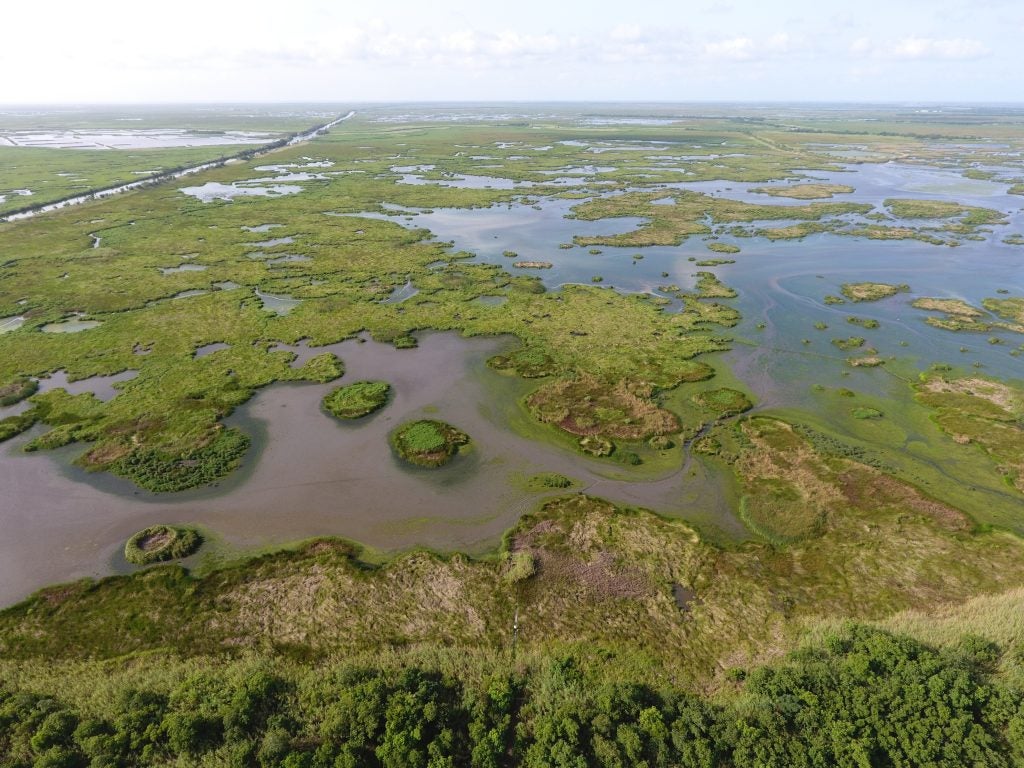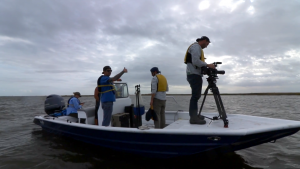The Mississippi River Basin is massive – it covers 40% of the contiguous U.S. and approximately two thirds of that area is farmland. Flooding and water quality are persistent issues across the basin, and experts predict they will only worsen with climate change and increasing intensity of agricultural production.
Iowa, a state in the basin, recently celebrated five years of its Iowa Watershed Approach (IWA) – a visionary program that has successfully demonstrated a collaborative strategy to reduce flood risk and improve water quality. With a $97 million dollar award from the U.S. Department of Housing and Urban Development, local and state leaders have installed more than 800 natural infrastructure projects across the state in the past few years. These projects are the result of collaboration among city officials, upstream farmers and state agencies.
I had the opportunity to travel to Iowa to join a bus tour of watershed projects that reduce flooding and improve water quality. Three elements have made the IWA a success and can help scale this approach to other watersheds across the basin: natural infrastructure, watershed approaches and shared science. Read More











